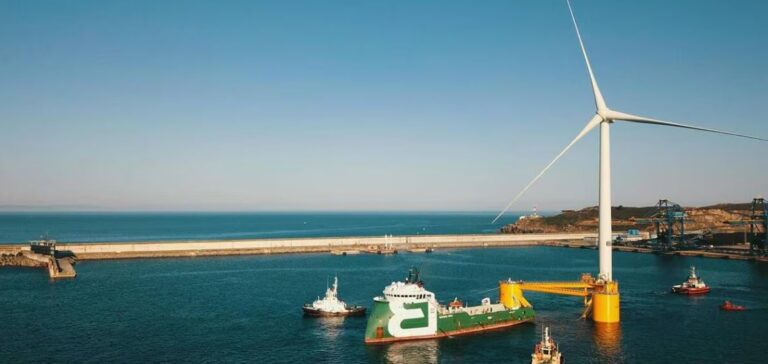The consortium formed by Elicio and BayWa r.e. has been appointed to develop the world’s first commercial floating wind project, “Pennavel”, south of Brittany. This designation is the result of a competitive process initiated in 2021. It aims to build a floating energy production capacity of between 230 and 270MW. Bruno Le Maire and Roland Lescure confirmed this significant step forward for the French energy sector. They underline the strategic importance of this project for the region and for national sustainability objectives.
Local Impacts and Benefits of the Pennavel Project
The Pennavel wind farm is expected to produce around 30% ofBrittany’ s current renewable energy. It will supply more than 450,000 residents each year. This pioneering project benefits from a remuneration supplement contract and will see its integration into the grid managed by RTE. The park’s capacity to generate approximately 4.5 million man-hours of work during construction, and to create more than 30 permanent jobs. The project will have a significant socio-economic impact on the region.
Sustainable Development Strategy and Commitment
Rooted in a commitment to sustainable development, the project has already been awarded the “Breizh Content” label. It has also signed a commitment charter to maximize local content in collaboration with regional industrial clusters. These efforts demonstrate the consortium’s ambition to foster an energy transition that benefits all local stakeholders, including fishing professionals and environmental experts. The Pennavel project is a milestone for the floating wind industry. By combining innovation and local collaboration, this project embodies the transition to clean, renewable energy, in line with France’s climate objectives and beyond.






















